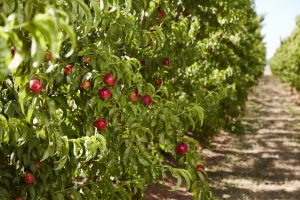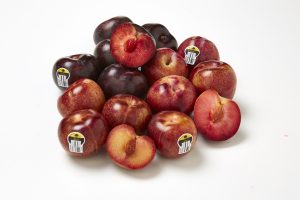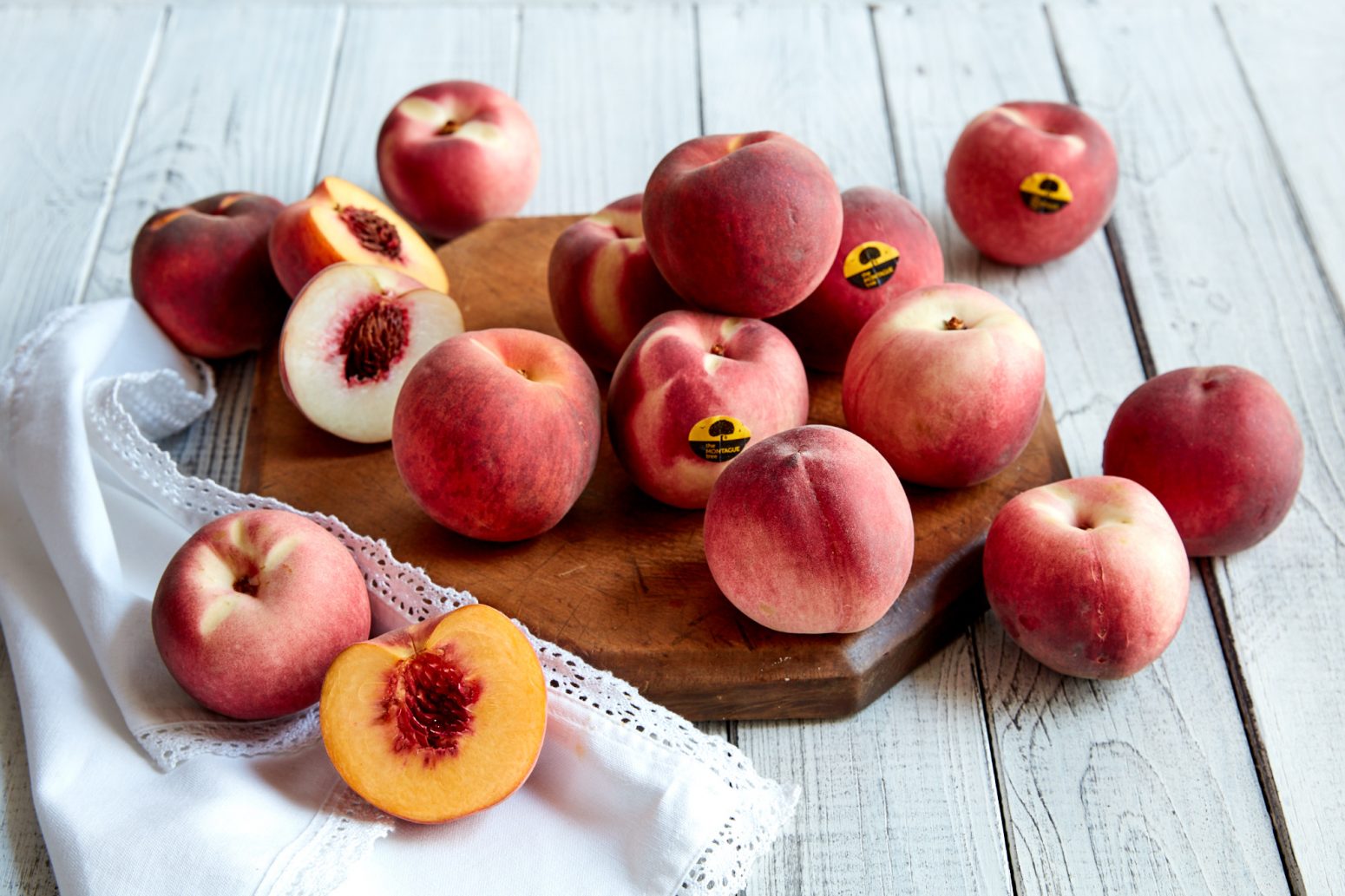As Australia enters summer, we begin to see the delicious, juicy stone fruits slowly ripening through our orchards.
Available through the summer months, apricots, nectarines, peaches and plums arrive just in time for outdoor picnics, barbeques and festive season celebrations.
While small in size, there’s lots to learn about these sweet, juicy summertime fruits – from how to pick the sweetest piece of fruit on the supermarket shelf, to how to store them to ensure the best eating experience.
Keep reading to learn more about when stone fruit is in season, how it’s grown and picked and how best to enjoy them with this guide.
How does stone fruit grow?
Starting life as a blossom, stone fruit blooms in winter – usually between July and August depending on the fruit – and takes on average three to four months to transform from flower to fruit.
While at first glance stone fruit blossoms may look the same, but they range from bright pink blossoms for nectarines and peaches to white for plums and white with a pink freckle for apricots.
During spring in September and October, trees are thinned to ensure the branches are not overcrowded and the best quality and quantity of fruit can grow.

When is stone fruit in season?
Stone fruit is harvested at different stages from early November to late February based on the type of fruit – from apricot to plum – and whether the stone fruit is grown at an orchard in Queensland, New South Wales or Victoria.
Apricots hit the supermarket and greengrocer shelves in November – officially signalling the start of stone fruit season each year. You’ll find our juicy HoneyCot® apricots with a pink blush available until late December – perfect for those Christmas platters.
The next stone fruits you’ll find ready to kickstart your summertime celebrations are the MONTAGUE tree™ nectarines, peaches and plums, as well as CROC EGGS™ plums which are available from late November/early December.
Keep in mind, as our fruit is seasonal, its availability may change each year based on when they are ready and ripe to be picked. External factors such as the weather play a crucial role in determining when the fruit reaches the perfect ripeness.
What type of stone fruit does Montague grow?
Along with our network of growers, Montague grows apricots, peaches, nectarines and plums each year, which are sold under our the MONTAGUE tree™ and CROC EGGS™ Plums brands.
You’ll find apricots, white and yellow-fleshed peaches, white and yellow-fleshed nectarines and three types of plums with different skin and flesh types sold under our premium label the MONTAGUE tree™ brand.
The ‘sun kissed’ fruit with the black and yellow the MONTAGUE tree™ sticker has been hand-selected from the outer edges of the orchard tree, where the sunshine gives the fruit higher sugars, intense colour and full rich flavours.
If you prefer a sweeter or crunchier plum, keep a lookout for the purple dinosaur sticker when shopping at Woolworths Supermarkets. Our CROC EGGS™ Plums are sweeter than traditional plums and maintain their crunch even when they are at their ripest.
Plums under our the MONTAGUE tree™ and CROC EGGS™ labels come in three different skin and flesh colours – from a red skin with red flesh, black skin with red flesh or our ‘dappled’ varieties which are known to be the sweetest in the range with a dappled colour skin and red or pink flesh.

How is stone fruit picked, packed and delivered to supermarket shelves?
Given the short shelf life of stone fruit, our network of growers and transportation partners move fast during stone fruit season.
In fact, stone fruit that you select at your local supermarket or greengrocer was likely still hanging on a tree 24 hours earlier.
This delicate fruit is hand-picked at different stages throughout the season, ensuring only the fruit closest to tree-ripened is selected for supermarket shelves.
One of our network of growers shares their story about what goes into picking and delivering the perfect fruit each year in this video.
How do you tell if stone fruit is ripe?
Have you ever picked up a plum, peach or nectarine and given it a squeeze to check if it's ripe?
There is another way to help you identify how ripe stone fruit is, in particular with plums.
When a plum’s skin is shiny, the fruit will be firm and crunchy, with the skin’s appearance becoming duller as the fruit ripens. White speckles on a plum’s skin also indicate how sweet the fruit will be – more speckles equal sweeter.
While a fruits firmness and skin colour may indicate how ripe the fruit is, this isn’t necessarily an indication of when it should be eaten.
Just like taste preferences vary between each person, we also know everyone has different texture preferences when it comes to eating stone fruit.
Some prefer to eat a plum, peach or nectarine while it has a firm crunch, while others prefer the fruit to be super soft and extra juicy when they bite into it.

How should you store stone fruit?
Fruit bowl or fridge? The million-dollar stone fruit question.
While many people keep stone fruit in the fridge – it’s summer, after all – the best way to store stone fruit is in the fruit bowl.
Storing stone fruit in a fruit bowl or on the kitchen bench allows the fruit to ripen naturally and maintain its internal texture, colour and flavour.
If your stone fruit has ripened and you still have a few in the fruit bowl to eat, the fruit can then be stored in the fridge to extend its shelf life.
Looking for ways to enjoy stone fruit?
While there’s nothing better than biting into a ripe and juicy peach, plum or nectarine, stone fruit pairs perfectly with summer dishes too.
Impress your friends and family during your summer barbeque and whip up a nectarine salsa to top grilled salmon or a spicy plum sauce to serve with chicken skewers.
For a light summer salad, pair peaches with watermelon and feta, or grill plums to add to a fresh rocket salad.
Of course, stone fruits make the perfect companion for desserts – from a plum and almond tart to apricot ice cream or grilled peach and coconut sorbet.
For more stone fruit recipe inspiration, check out all of our recipes online here.

















